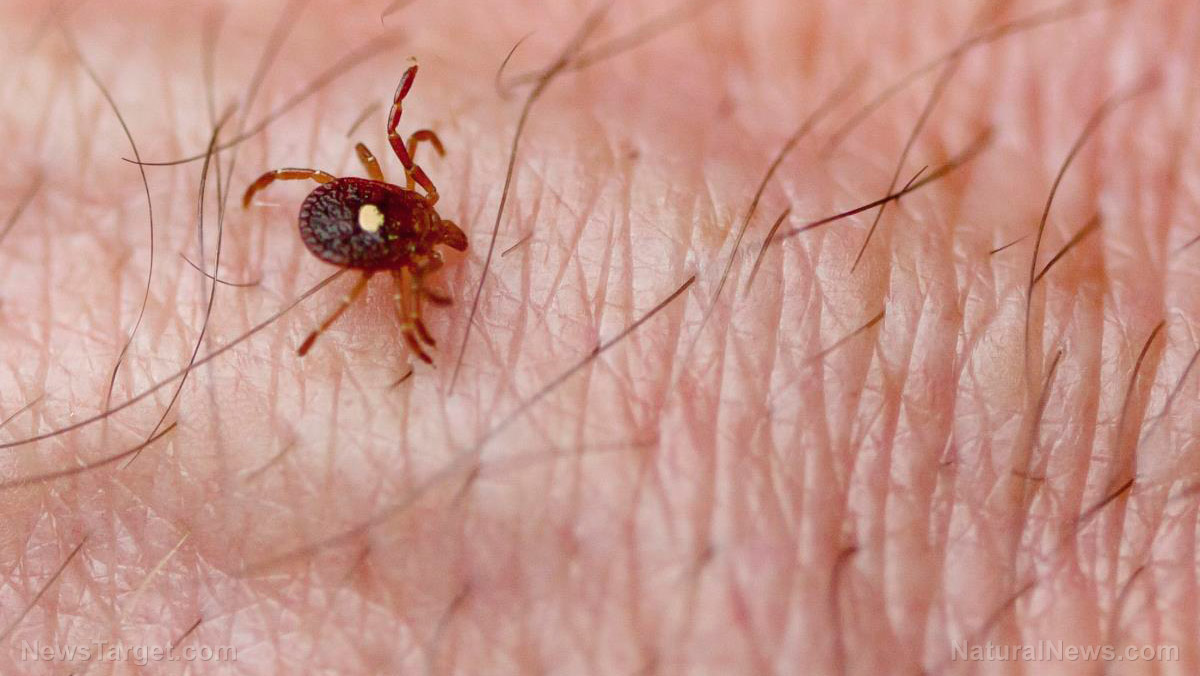Flashing lights and pink noise could be the key to preventing Alzheimer’s
09/09/2019 / By Edsel Cook

Researchers believe they have found a potential treatment for Alzheimer’s disease. Animal tests show that exposing mice to light flashes and sound pulses at the frequency of 40 hertz can reverse some of the symptoms of the neurodegenerative disease.
Alzheimer’s disease continues to defy any attempt at treating it. Several pharmaceutical drugs help regulate a few of its cognitive symptoms, but they prove unable to halt or slow down the progression of the disease.
Not one newly developed drug has achieved success in clinical trials. As a result, researchers are now studying non-pharmaceutical approaches.
To test potential treatments, researchers created genetically altered mice models that exhibit symptoms similar to Alzheimer’s. Some produced tau protein tangles in their brains while others developed amyloid-beta plaques. Both formations are associated with the onset of Alzheimer’s disease.
In addition to those hallmarks, the mice also exhibited a third symptom. Their brains generated gamma waves that oscillated between 30 and 100 times per second. (Related: Antidepressants linked to dementia: Mental meds may just trade one condition for another.)
Exposure to light flashing at 40-hertz improves symptoms of Alzheimer’s disease in mice
A research team from the Massachusetts Institute of Technology (MIT) sought to alter these gamma waves so they tried flashing a white light at the animals.
The brain flickers in a way that’s similar to strobe lights. When large numbers of neurons oscillate in sync, they produce brain waves. Neurons encode thoughts, action, and senses in this rhythmic electrical flutter.
So when the MIT researchers flashed a light at the mice at a frequency of 40 hertz (40 times per second), the animals’ brains flickered back at the same frequency.
The researchers then decided to dissect the mice’s brains and noticed a decrease in the amount of amyloid-beta plaques and tau tangles. The flashing light triggered a strong reaction from microglia in the animals’ brains.
“These are the brain’s immune cells that clear cell debris and toxic waste including amyloid,” explained MIT researcher Li-Huei Tsai. “They’re impaired in Alzheimer’s disease, but [the light] seems to restore their abilities.”
However, the reduction only took place in the visual cortex, the brain region that processes light-related sensory data. To get the same effects in the deeper parts of the brain, Tsai combined a 40-hertz frequency sound with the flashing light. She exposed the mice to the light and sound for one hour each day for a whole week.
Combined light-and-sound therapy reverses symptoms of Alzheimer’s in mice
Tsai’s team reported that regular exposure to the 40-hertz frequency light and sound reduced amyloid-beta plaques and tau tangles in the audio and visual cortices of mice by 40 to 50 percent. Similar improvements occurred in the prefrontal cortex and the hippocampus, the learning and memory regions of the brain.
When they tested the mice’s cognitive skills, the untreated animals displayed signs of memory problems and failed to recognize objects that they have seen before. In comparison, the treated mice demonstrated better memory.
“This is the first time we’ve seen that this noninvasive stimulation can improve cognitive function,” Tsai remarked. “It’s not a drug or an antibody or anything, it’s just light and sound.”
The brains of Alzheimer’s patients often contain neurons that act irregularly. Exposing these brain cells to repeating light and sound may get them to follow a steady and regular pattern, which might help correct abnormal brain activity.
The MIT researchers do not know why brain waves with 40-hertz frequencies appear to reverse the symptoms of Alzheimer’s disease in mice. But ongoing human studies show that light and sound increases gamma waves in healthy people without any adverse effects.
Sources include:
Submit a correction >>
Tagged Under:
alternative medicine, Alzheimer's disease, amyloid-beta plaques, brain activity, brain function, brain health, breakthrough, cognitive function, cognitive health, discovery, disease treatments, flashing lights, gamma waves, light therapy, microglia, neurodegenerative disease, neurodegenerative diseases, neurons, pink noise, research, sound therapy, tau proteins
This article may contain statements that reflect the opinion of the author
RECENT NEWS & ARTICLES
COPYRIGHT © 2017 DISCOVERIES NEWS





















